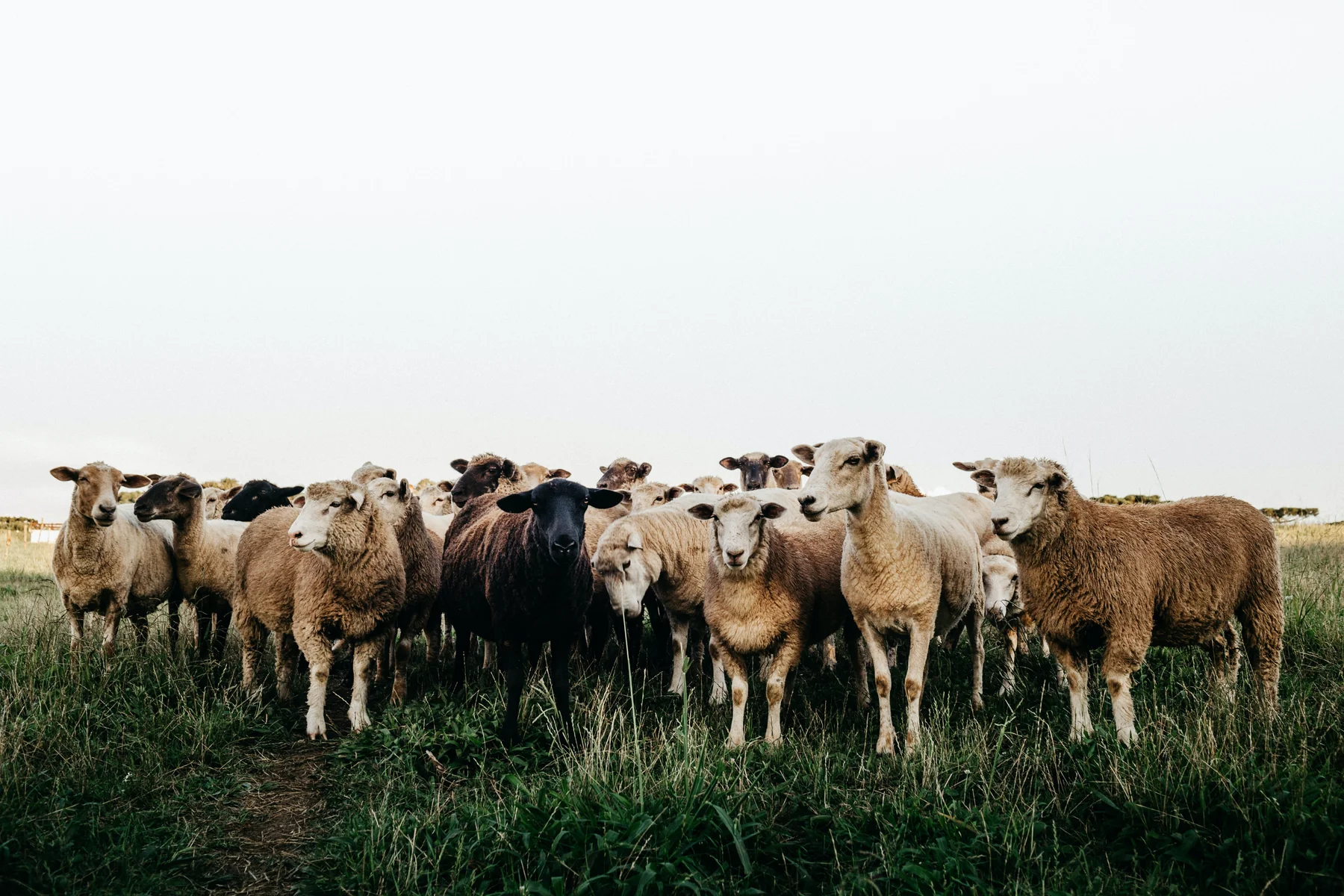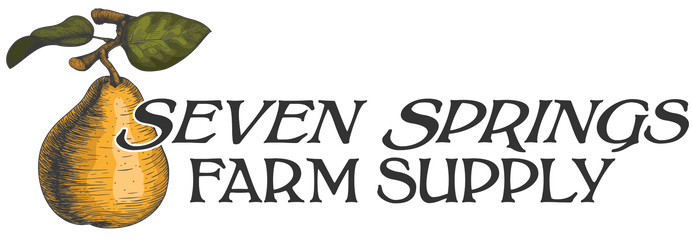
Small Ruminants 101
Maybe you have chickens and you’re looking for the next step in raising livestock? Cattle may be a little intimidating, but sheep and goats could be exactly what you're looking for. We’ve put together the following guide with tips and tricks on keeping these small ruminants.
Nutrition
When buying meat you often see labels such as grass-fed or pasture-raised, but should we be raising goats and sheep to fit those terms? While grass and forage do make up a portion of these small ruminants' diets, they should not make up the entirety of it. A majority of sheep and goats' nutritional intake should come from browse which includes trees, shrubs, brush, and large weeds. It must be noted that sheep do graze more than goats, but still prefer browse when it's available. The reason for this is that these forages are higher in nutritional quality, and small ruminants have not been bred to utilize lower quality forages the way cattle have. Small ruminants have a split upper lip that is flexible and designed to selectively choose desirable browse, whereas cattle have a large flat lip and tongue designed to grab generous bites of grass.
For dairy animals or any animals that need an extra boost of nutrition, we recommend incorporating one of our excellent, organic feed options into their daily diet. If you are following a grain-free diet, try our organically grown alfalfa pellets. If you are feeding some grain, we offer a number of USDA Organic options from New Country Organics.
No matter their diet, you will want to provide your sheep or goats with a high-quality mineral supplement. We recommend a sea-salt based mineral from Redmond or Sea 90, along with Thorvin kelp. These mineral sources contain vital nutrients such as copper, iodine, and zinc, which are essential for healthy, productive animals.

Housing/Environment
As with all animals, shelter is very important for sheep and goats. In the summer, a shade structure should be accessible to help provide relief from the heat of the sun. Shelter can be harder to manage in a rotational system, but allowing access to a tree line or a windbreak can make a world of difference for your animals. For those using a stationary setup, barns or small structures such as dog houses can work perfectly. Often with goats, the herd queen will block entry to a barn, leaving everyone else out in the rain. Having multiple, smaller shelters can prevent this scenario.
Unlike larger livestock such as cattle, horses, and bison which favor lush, lowland pastures, goats and sheep can thrive on undesirable land. Small ruminants tend to prefer hilly terrain and are often found atop the hills and in woody, brushy areas.

Parasites
Goats and sheep are notoriously susceptible to parasites, specifically the barber pole worm, Haemonchus contortus. Anthelmintic dewormers, which were used as a common treatment for decades, have become almost entirely ineffective at controlling these parasites. Today, proper genetic selection and herd management are the best ways to prevent issues with parasites.
Genetic selection is the first step in preventing parasite problems. Some breeds are naturally more tolerant of parasites than others. Before you get animals, talk to other local producers to learn about which breeds do well in your area. When sourcing your foundation stock it is important to get animals from a farm that is practicing in a way that is similar to what you want to do. Find a breeder whose animals have a high parasite tolerance and have proven to excel in a similar system to yours. It is also important to purchase stock from someone in a similar climate as yourself. Moving animals from a hot, dry climate to a cool and wet region can negatively affect their health and performance.
Herd management is extremely important when it comes to parasite prevention. Rotating paddocks frequently is the best way to minimize parasite loads. This type of rotational grazing system allows the pasture to rest and keeps animals away from feces and young parasites that could cause infections. Allowing animals to graze anything lower than 4" increases the risk of infection, as young parasites are capable of crawling up forage a couple of inches. Whenever possible, allowing animals to graze brushy areas at or above shoulder level is ideal.
(Source: Department of Primary Industries and Regional Development - Agriculture and Food)
Goats and sheep can be very enjoyable and rewarding to raise, and many of us on the Seven Springs team keep small ruminants. Keeping these tips for nutrition, housing, and parasite prevention in mind can help lead you on the path of successful shepherding. If you have any questions, please feel free to reach out to one of our livestock advisers today!


Leave a comment